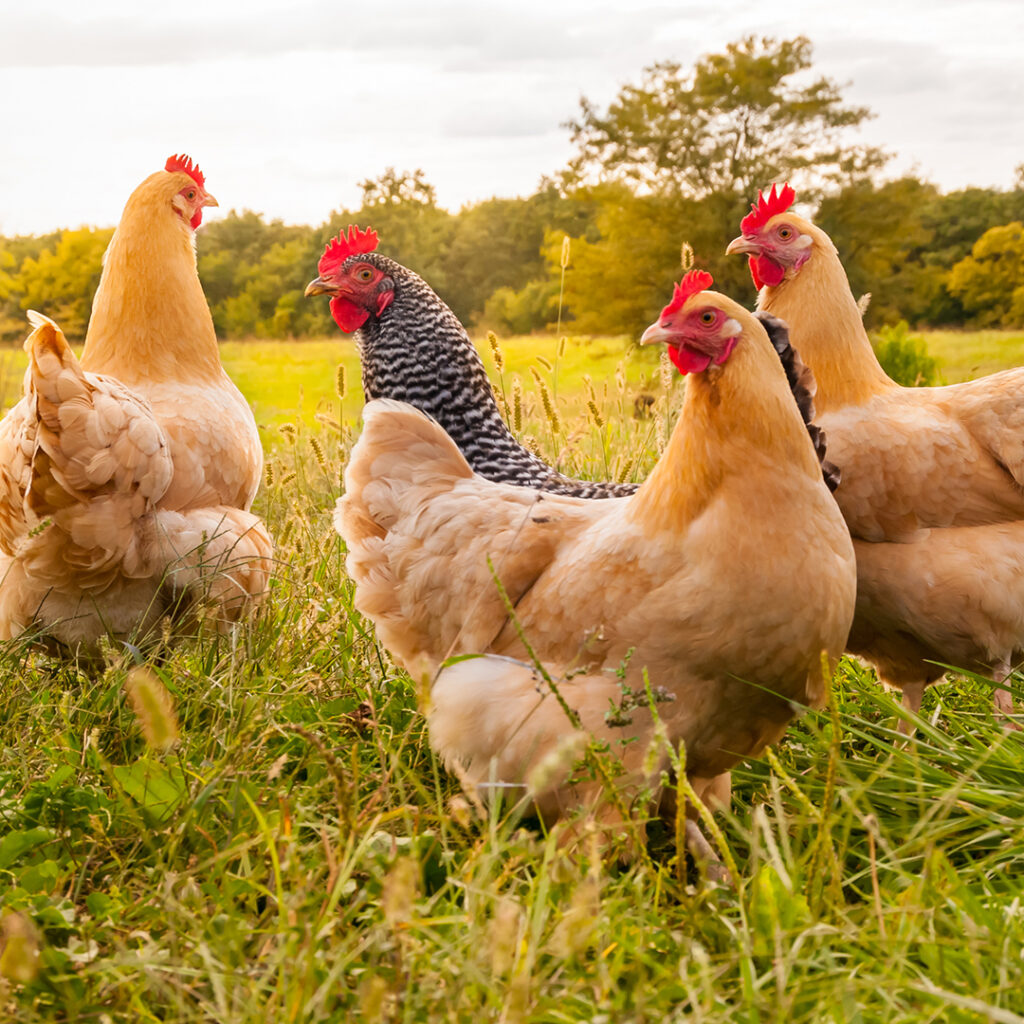
If you’ve ever taken a bite out of a chicken breast and were met with tough, fibrous meat, then you’ve experienced woody chicken. We sat down with John Jennings, Misfits Market’s meat and seafood curator (and former chef!), to get the scoop on this term that sounds a little funny, a little off-putting, but is a real concern in the poultry world.

As John explains, “Woody chicken is an abnormality in chicken breast resulting in the piece of meat tasting more like wood than chicken.” While it might seem extreme, this condition, also known in scientific circles as muscle myopathy, has been observed in the poultry industry for over a decade.
Essentially, woody chicken develops when a chicken’s breast grows faster than its body can support. Breeding and farming practices aimed at producing large chicken breasts—driven by customer demand for meaty portions—can sometimes result in a tough, fibrous texture. “The growth rate of the chicken’s breasts kind of outpaced the bird’s ability to bring appropriate levels of blood, oxygen, and nutrients to those parts of the body,” says John. The result is chicken that is dry, chewy, and not what most people expect when biting into a juicy chicken breast.
Why Woody Chicken Happens
Over the past 15–20 years, the poultry industry has prioritized high-yield, fast-growing chickens. More weight means more money for the industry. But as John explains, “It’s really unfortunate to see some of these birds raised and how they live. You might see a lot of them kind of dragging the front of their bodies on the ground because their legs just don’t have the muscle structure to support their bodies.”
The issue isn’t universal—only a subset of birds develop woody chicken breasts—but it’s tied directly to the drive for efficiency and maximum output. This focus on speed and size can compromise both the meat quality and the welfare of the chickens.
Why Misfits Market Avoids Woody Chicken
At Misfits Market, quality comes first. “We focus on medium-sized chicken breasts that are just the right size, so they don’t need a lot of extra trimming or cutting before they hit your plate,” John says. By working closely with trusted suppliers, Misfits ensures that the chicken you receive is tender, juicy, and flavorful.
For example, Mary’s chicken from California provides organic, air-chilled poultry. Air-chilling keeps excess water out of the meat, so when you cook it, you get a great sear instead of a tough texture. John adds, “Organic chicken usually avoids this issue because the birds are grown under less pressure to reach enormous sizes quickly.”
By prioritizing farms that focus on responsible raising practices and proper portion sizes, Misfits Market delivers chicken breasts that are free of this woody texture.
How to Choose Chicken at Home
It’s not always easy to tell if a chicken breast will have a tough or woody texture. Our approach focuses on:
- Portion sizing: Medium-sized breasts reduce the risk of woody meat.
- Air-chilled poultry: Concentrates flavor and keeps moisture where it belongs.
- Trusted farms: Suppliers like Mary’s Poultry and Mission Driven Foods prioritize animal welfare, feed quality, and responsible growth rates.
“It’s impossible to predict with 100% confidence that woody chicken could never exist, but all the chicken we’re bringing in is of high quality,” says John.
Woody chicken breasts are a real but avoidable problem caused by the industry’s push for oversized, fast-growing birds. Misfits Market takes the worry out of your shopping by sourcing tender, flavorful chicken from farms that prioritize both the bird and the meat. That means better taste, better animal welfare, and more confidence when you cook your next meal.

John Jennings
Meet & Seafood Curator
